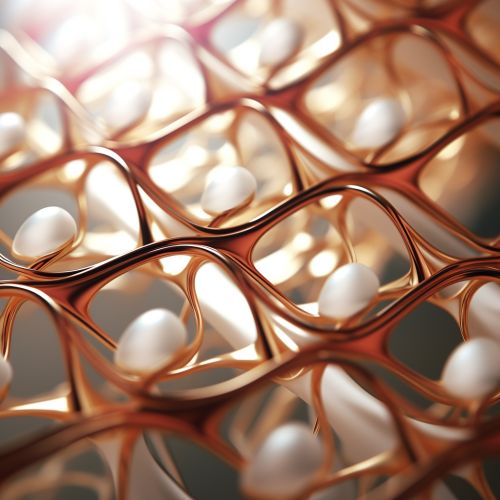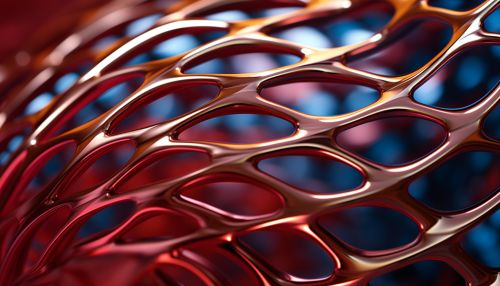Protein folding
Introduction
Protein folding is the physical process by which a protein chain acquires its native 3-dimensional structure, a conformation that is usually biologically functional, in an expeditious and reproducible manner. It is the physical manifestation of the way the amino acid sequence of a protein directs its folding into a 3D structure.
The Process of Protein Folding
The process of protein folding often begins co-translationally, so that the N-terminus of the protein begins to fold while the C-terminal portion of the protein is still being synthesized by the ribosome. The amino acids interacting during the folding process are influenced by the cellular environment, which includes the concentration of small molecules, the concentration of macromolecules, the temperature, and the pH.


Energy Landscape
The sequence of amino acids in a protein determines the native fold. The efficient conversion of this information into a 3D structure depends on the biophysical principle of an 'energy landscape'. This principle often compels the molecular system to adopt a number of intermediate states, and it eventually finds the conformation of the lowest energy.
Folding Models
There are two major models of protein folding. These are the 'framework model' and the 'nucleation-condensation model'. Both of these models have been established by a combination of experimental and computational methods. The framework model is based on the idea that certain sections of the protein structure are stable enough to fold independently of the rest of the protein. The nucleation-condensation model suggests that the protein folds via random and non-specific collisions.
Misfolding and Disease
Protein misfolding is a serious issue as it can lead to numerous diseases. Misfolded proteins often have altered functionality. They can also aggregate and cause diseases. Examples of diseases caused by protein misfolding include Alzheimer's disease, Parkinson's disease, and Huntington's disease.
Experimental Techniques
Several techniques allow scientists to probe the structures of folded proteins and the folding process. X-ray crystallography, NMR spectroscopy, and dual polarisation interferometry are commonly used methods. Other methods include circular dichroism, cryo-electron microscopy, and multi-angle light scattering.
Computational Prediction of Protein Structure
The prediction of protein structure from sequence is a grand challenge in computational biology. The most successful types of prediction methods are protein threading, also known as fold recognition, and de novo (from scratch) prediction.
